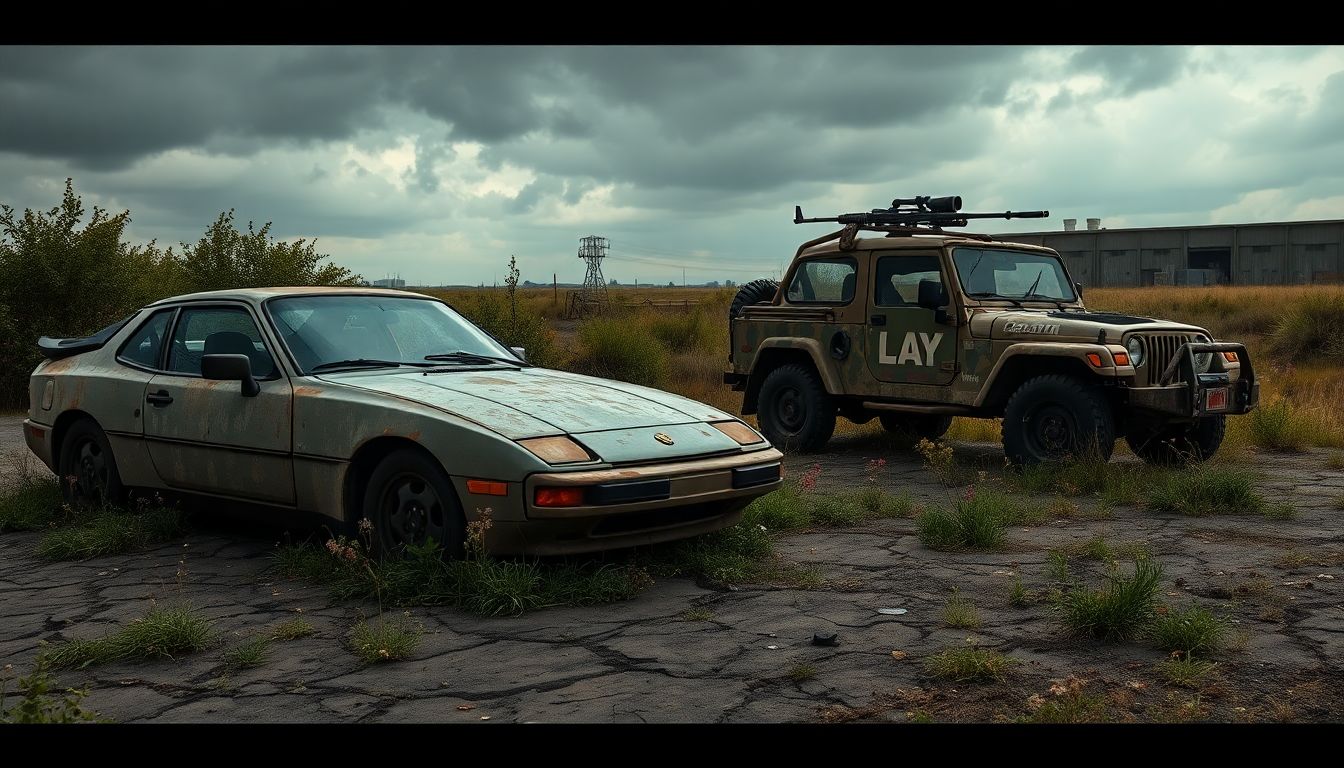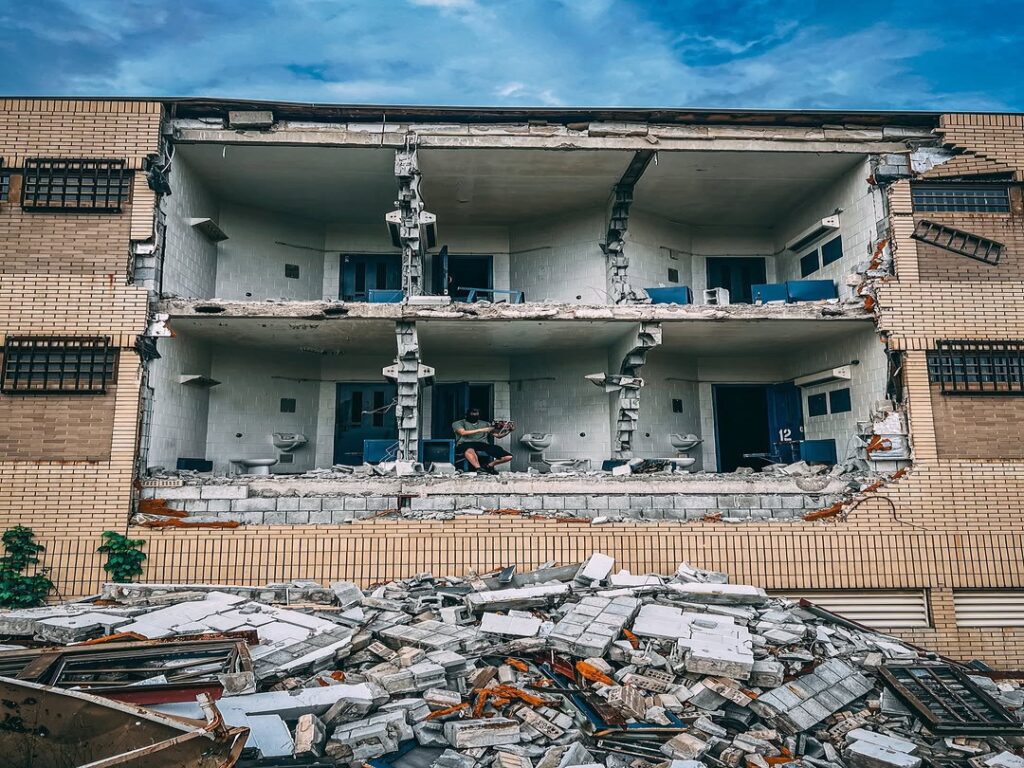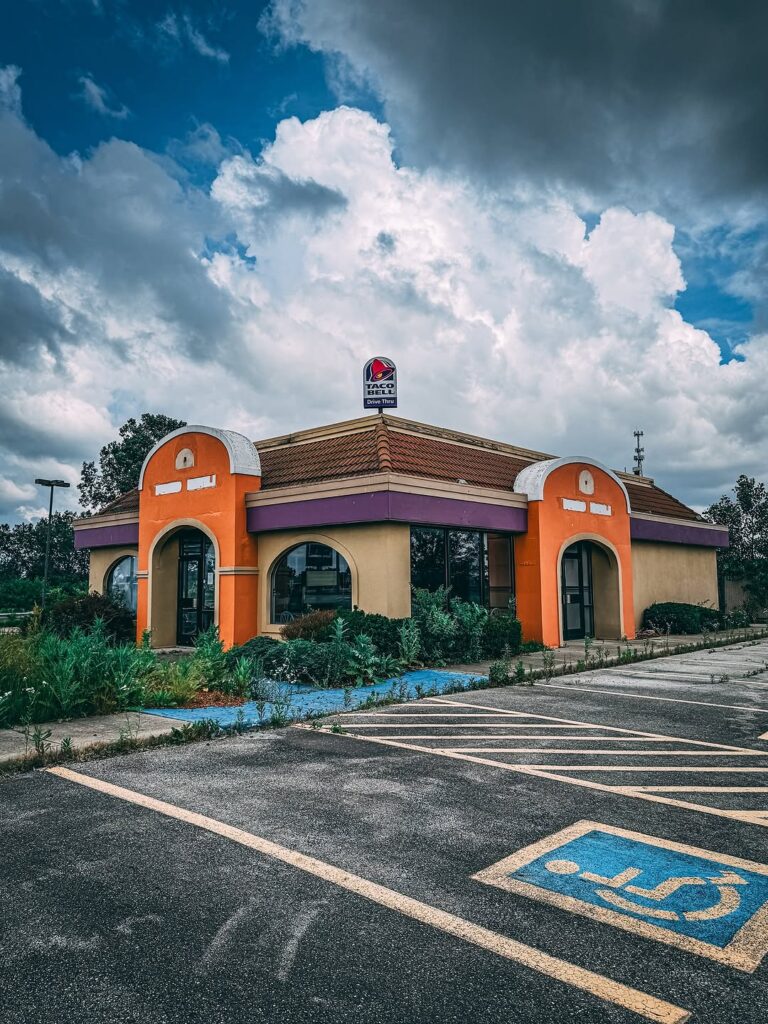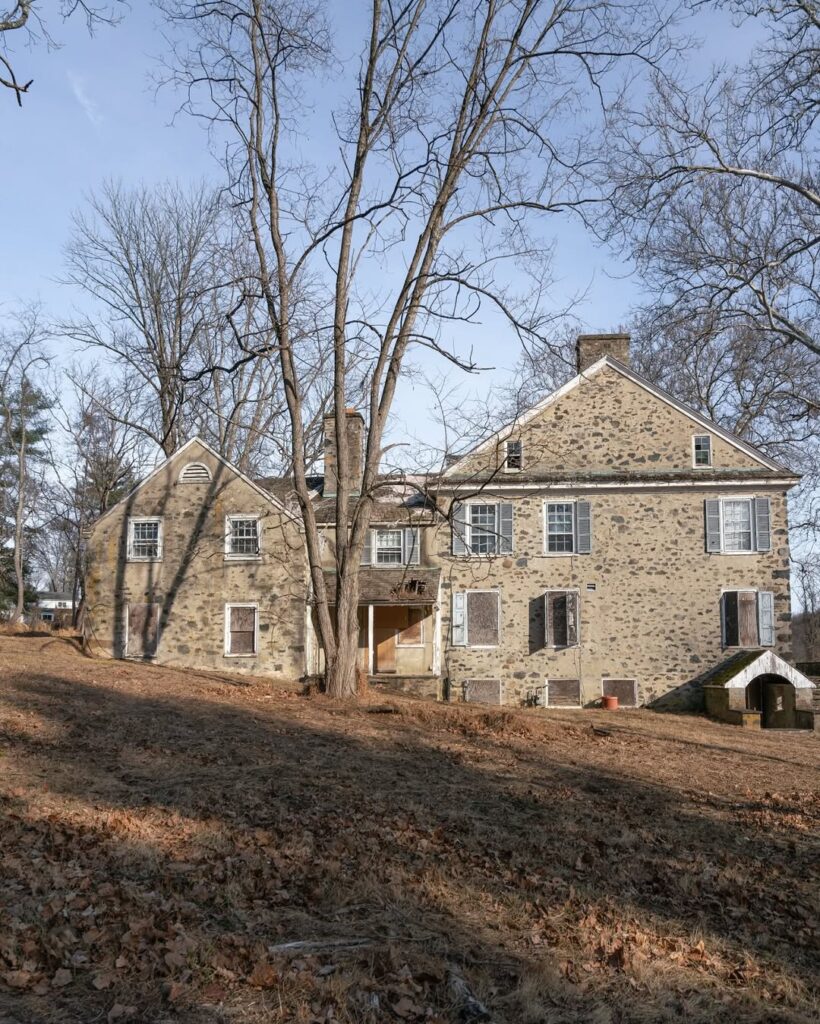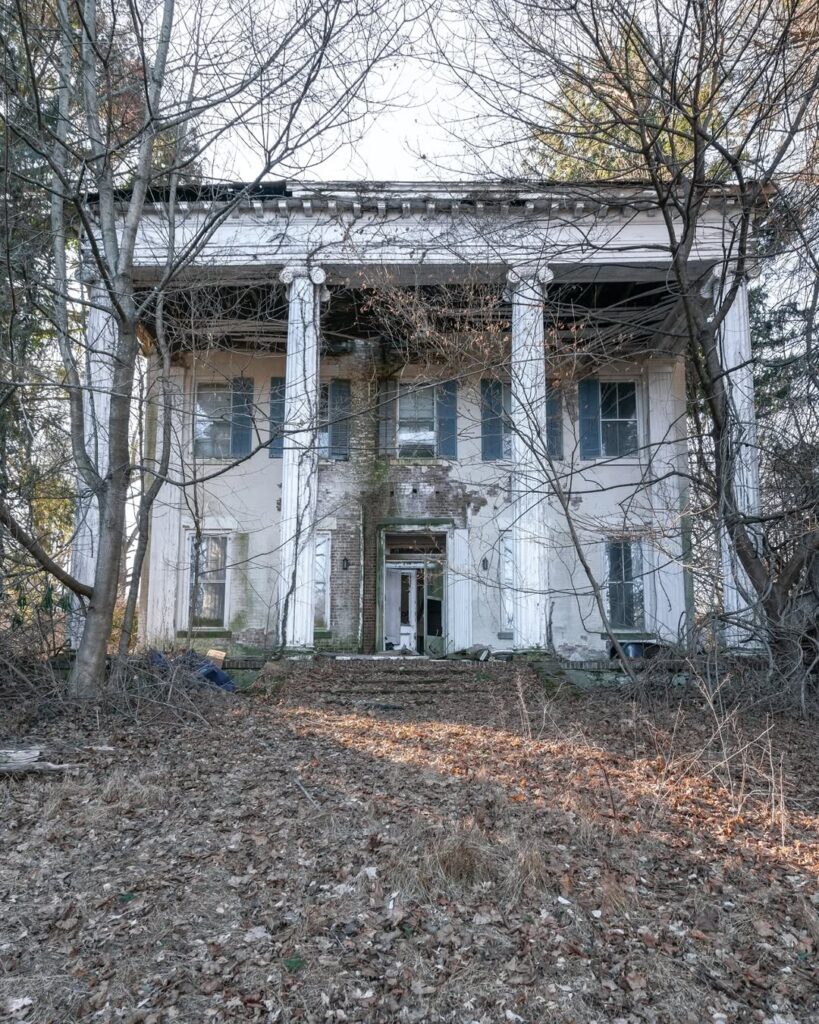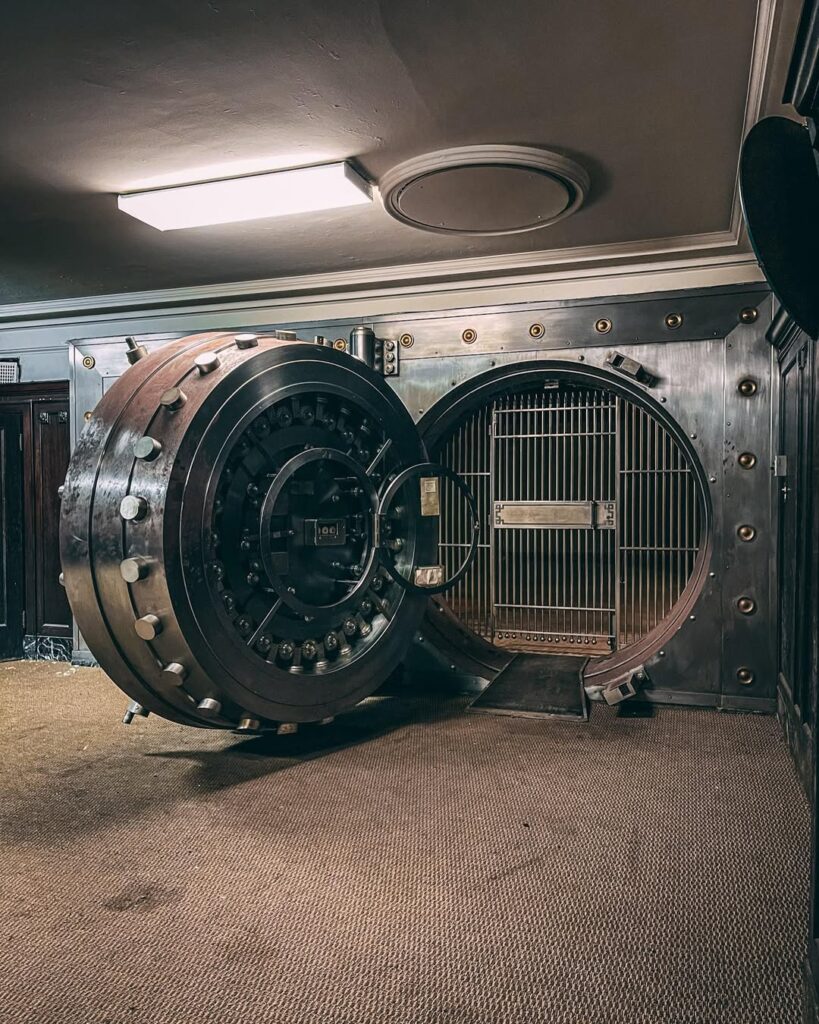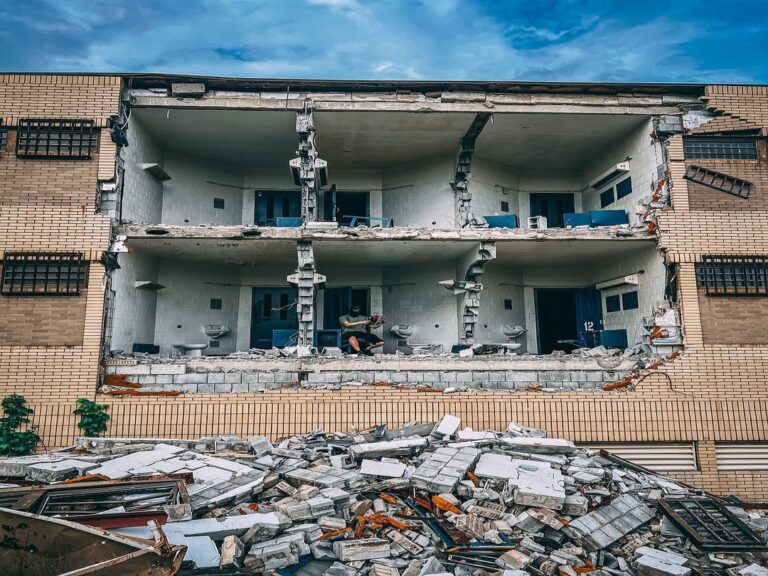Introduction: The Rusting Relics of Automotive History
The world of abandoned vehicles holds a peculiar fascination for many. There’s a certain romance in discovering a forgotten machine, left to the elements, its once-proud form slowly succumbing to rust and decay. These aren’t just hunks of metal; they are time capsules, holding stories of their past lives, their owners, and the roads they once traveled. From classic sports cars to rugged military workhorses, abandoned vehicles spark curiosity and a desire to uncover their history and potential. This article delves into the captivating world of two distinct, yet equally compelling, types of abandoned vehicles: the sleek Porsche 944 and the utilitarian Military Jeep.
The Fascination with Abandoned Vehicles
The allure of abandoned vehicles stems from a variety of factors. For some, it’s the thrill of the discovery, the automotive equivalent of a treasure hunt. Finding a rare or desirable model in an unexpected location can be an exciting experience. For others, it’s the visual spectacle of nature reclaiming man-made objects, the stark contrast between organic growth and metallic decay. There’s also a sense of mystery surrounding abandoned vehicles – why were they left? What circumstances led to their neglect? Each vehicle has a unique story, often lost to time, which adds to its mystique. Furthermore, abandoned vehicles represent potential. For enthusiasts and restorers, a rusty shell isn’t just scrap metal; it’s a blank canvas, a challenge to bring a piece of automotive history back to life. The transformation from a derelict state to a fully restored, functional vehicle is a deeply satisfying process that appeals to those with mechanical skills and a passion for preservation.
A Glimpse into the Past: Porsche 944 and Military Jeeps
The Porsche 944 and the Military Jeep, while vastly different in their design, purpose, and history, both hold a significant place in automotive lore. The Porsche 944, a product of the 1980s, represents a period of innovation for the German sports car manufacturer, offering a more accessible entry into the world of Porsche ownership. Its balanced performance and distinctive styling earned it a dedicated following. Military Jeeps, on the other hand, are icons of utility and resilience, forged in the crucible of war and
proving their worth in countless theaters of operation. Models like the Willys MB and Ford GPW are synonymous with the Allied effort in World War II, while later iterations served in subsequent conflicts. Both vehicles, when found abandoned, offer a tangible link to different eras and different aspects of human endeavor – the pursuit of driving pleasure and the demands of military necessity. Exploring their abandoned states allows us to reflect on their impact and the stories they carry.
The Porsche 944: From Sports Car Icon to Barn Find
The Porsche 944, with its distinctive pop-up headlights and balanced front-engine, rear transaxle layout, was a significant model for Porsche in the 1980s. It offered a compelling blend of performance, handling, and everyday usability, making it a popular choice for driving enthusiasts. However, like many vehicles of its era, numerous 944s have fallen into disrepair, becoming the subjects of barn find stories and restoration projects.
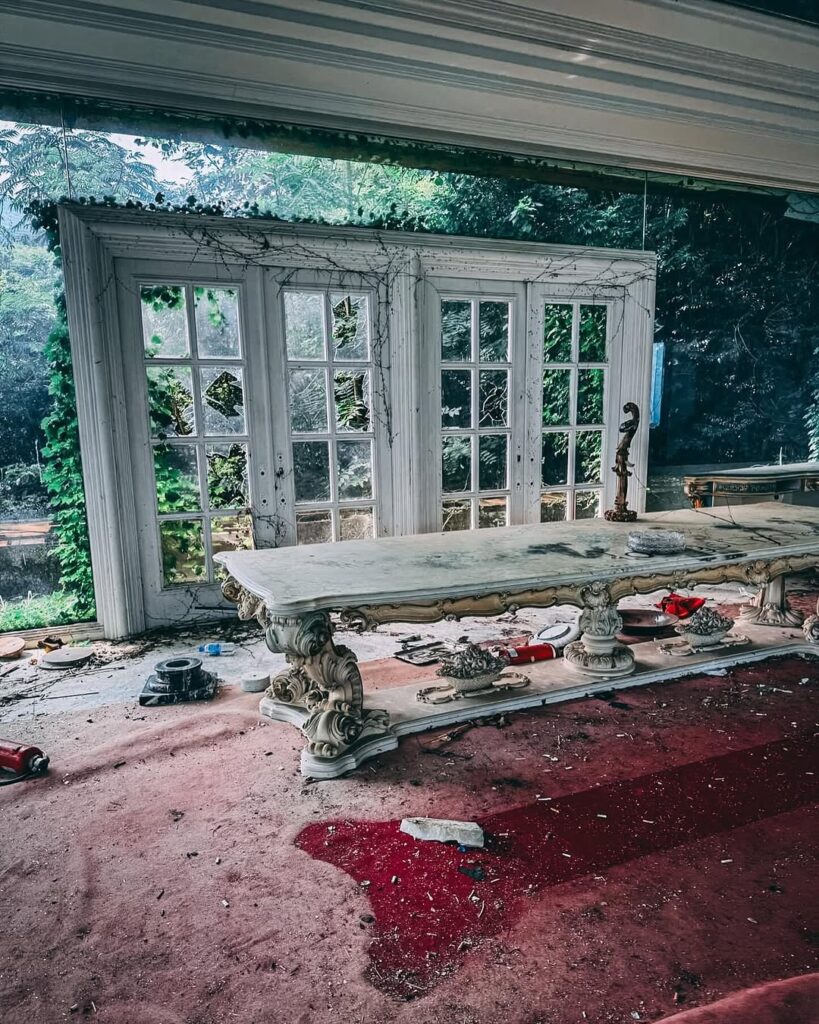
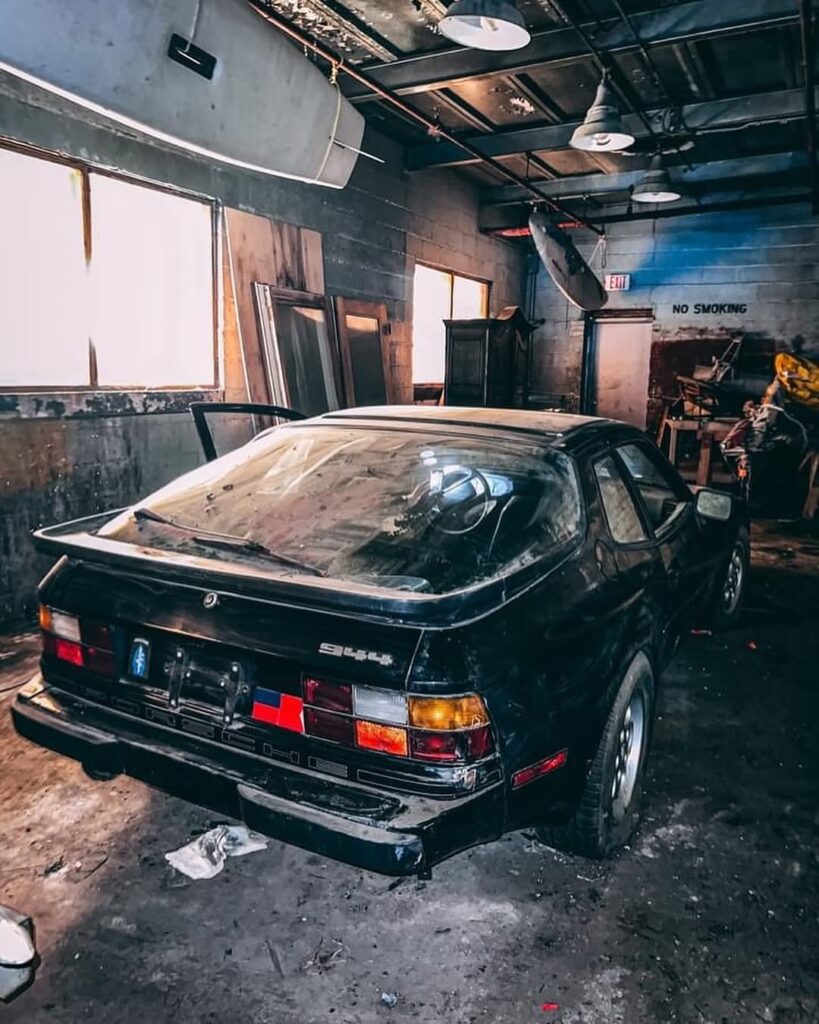
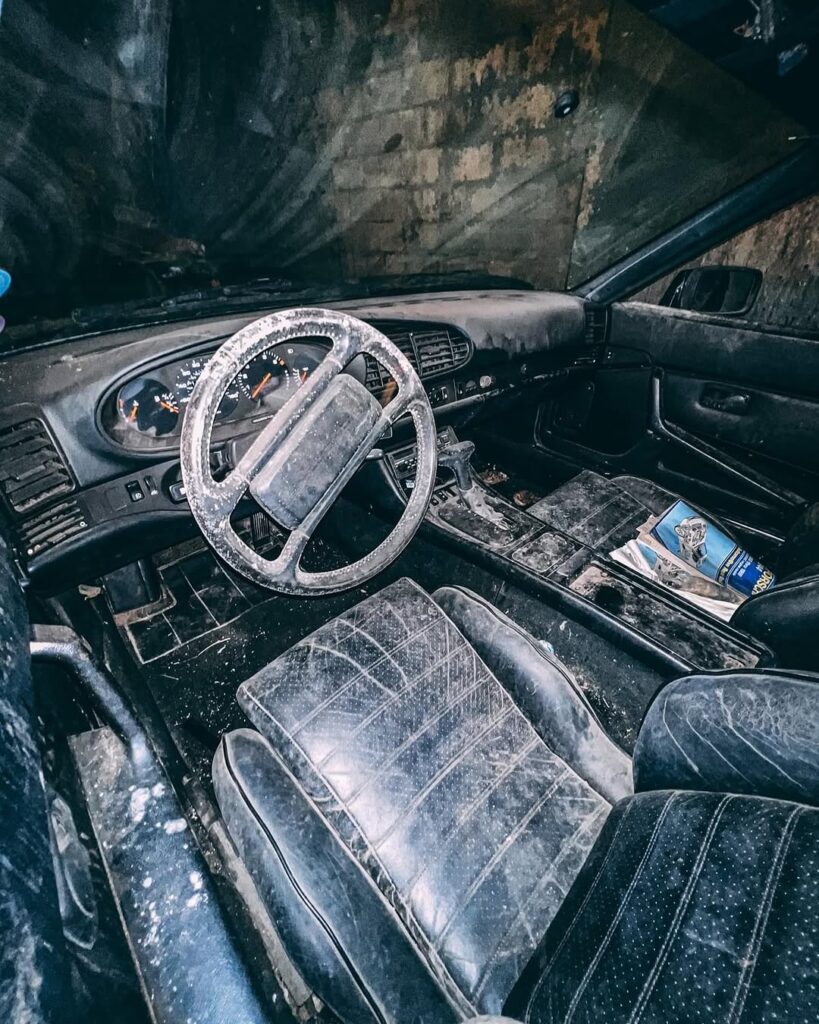
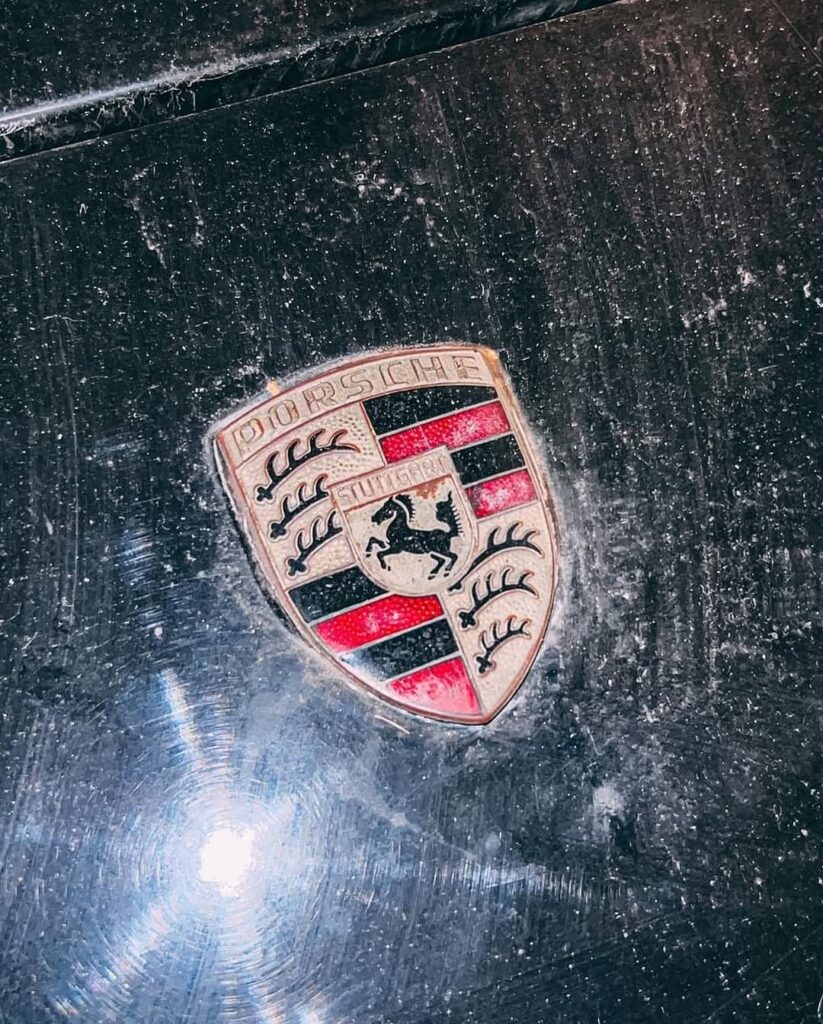
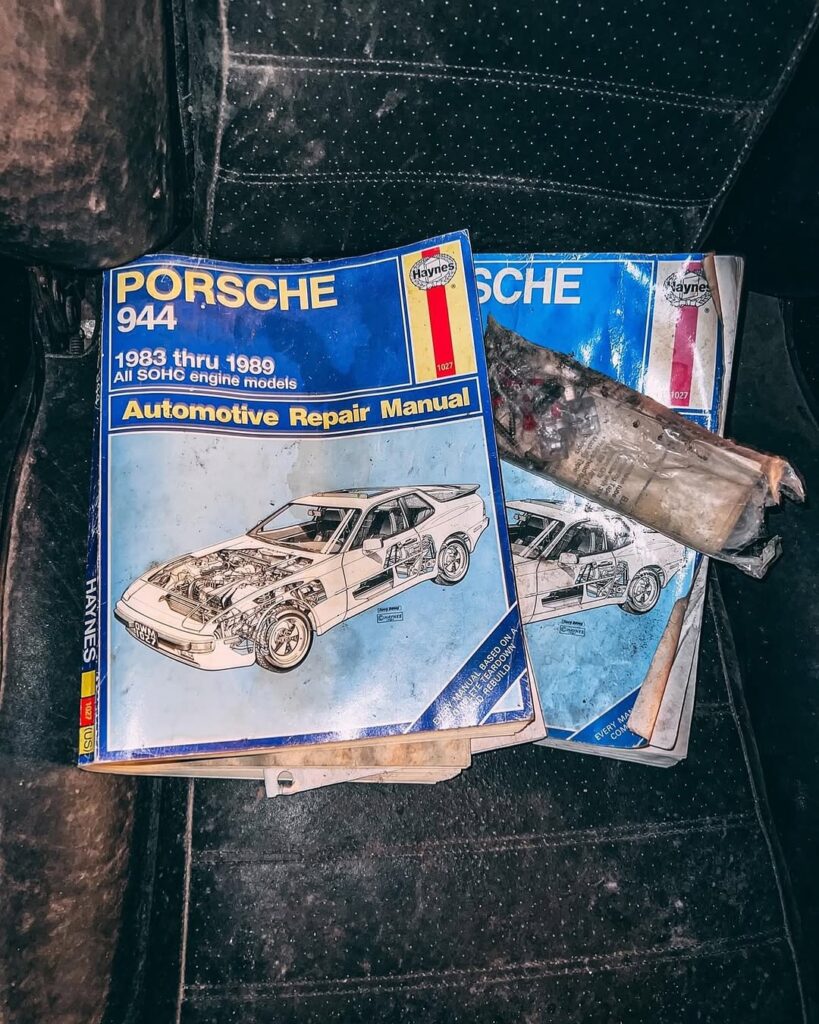
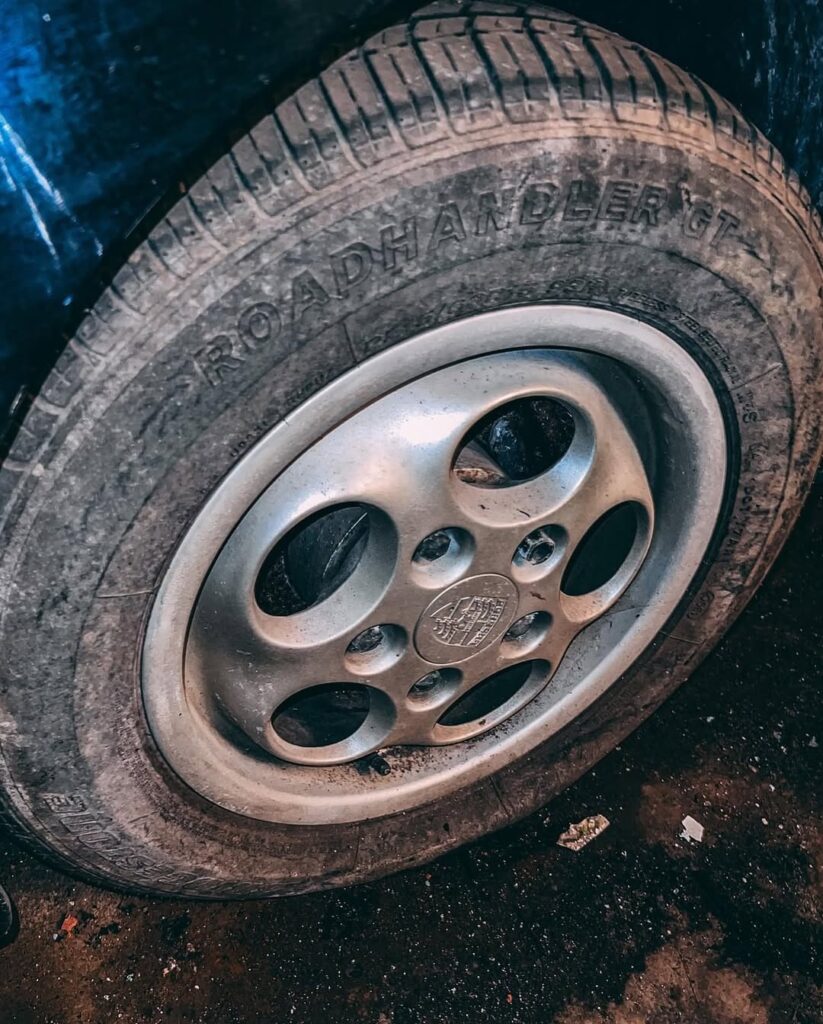
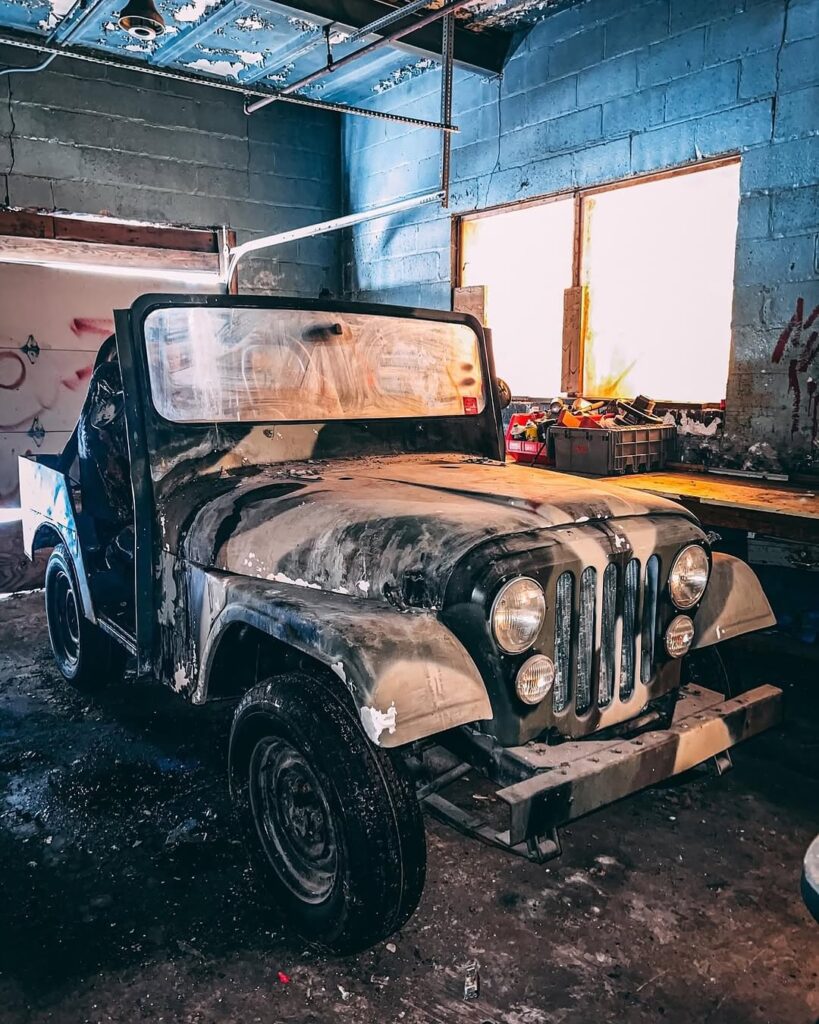
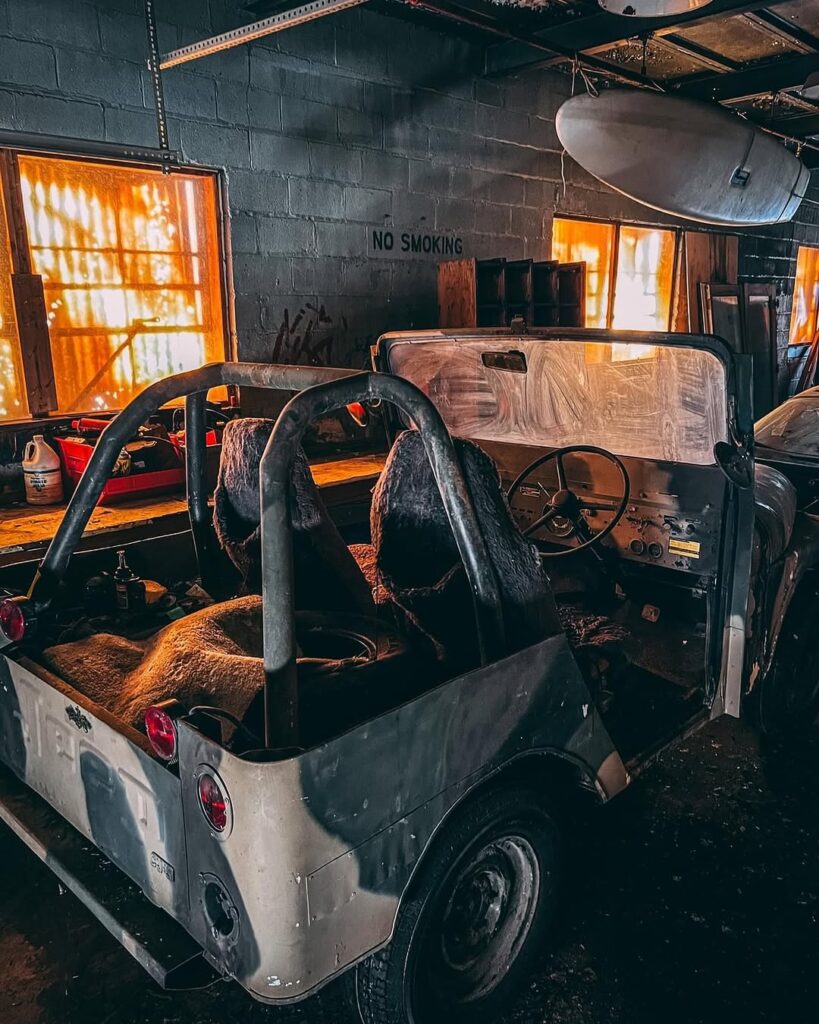

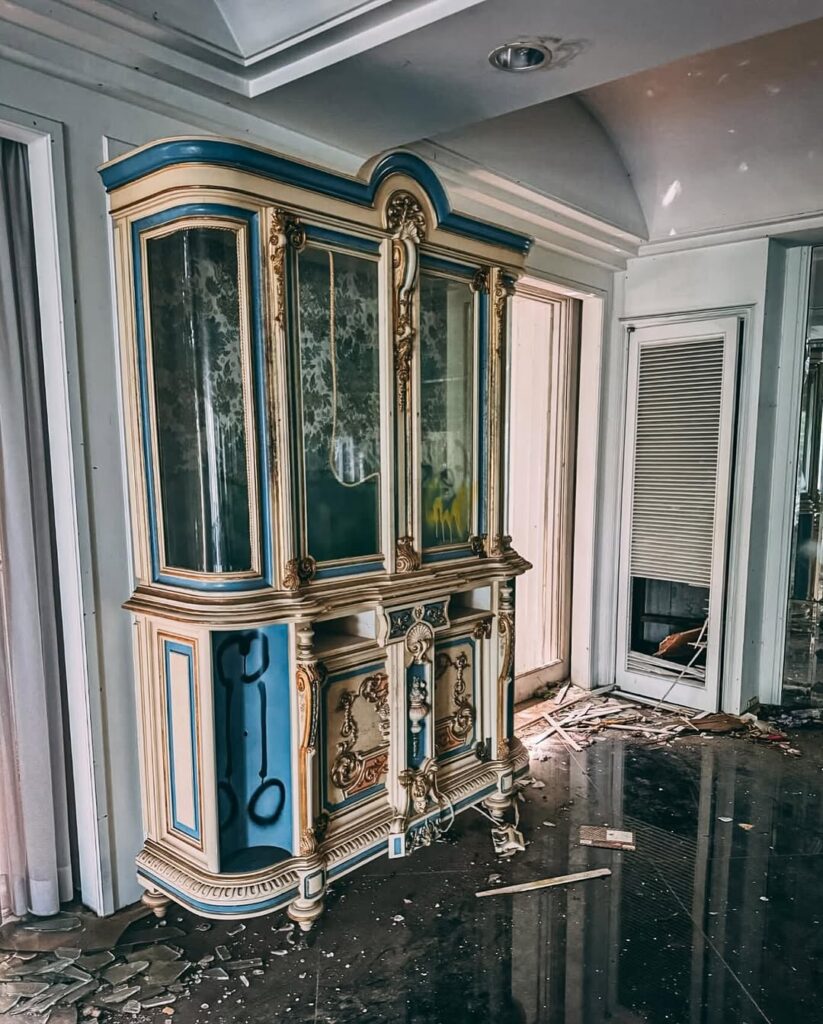

A Brief History of the Porsche 944
Introduced in 1982, the Porsche 944 was an evolution of the earlier 924 model. It featured a Porsche-designed 2.5-liter inline-four engine, which was essentially half of the V8 engine from the Porsche 928. This engine provided a significant improvement in performance and refinement over the Audi-sourced unit in the 924. The 944’s chassis, with its near-perfect 50/50 weight distribution, endowed it with excellent handling characteristics, earning praise from contemporary automotive journalists. Over its production run, which lasted until 1991, the 944 saw several updates and variations, including the more powerful 944 Turbo (also known as the 951), the 944 S with a 16- valve engine, and the 944 S2 with a larger 3.0-liter engine. The final iteration, the 944 Turbo Cabriolet, is among the rarest and most sought-after models. The 944 was a commercial success for Porsche, helping the company navigate a challenging financial period in the 1980s. Its combination of performance, style, and relative affordability (compared to the 911) broadened Porsche’s appeal and cemented its reputation for building exceptional sports cars.
Why 944s Get Abandoned: Common Scenarios
Despite their initial popularity and engineering prowess, many Porsche 944s have ended up abandoned. Several factors contribute to this phenomenon. As the cars aged, maintenance and repair costs could become significant, especially for models with more complex systems like the Turbo. Owners facing expensive repairs, such as engine or transmission issues, might have chosen to park the car rather than invest further. Economic downturns or changes in personal circumstances could also lead to neglect. Sometimes, these cars are simply forgotten, tucked away in garages or barns as owners
move on to other vehicles or life priorities. The perception of the 944 as a less valuable classic compared to the 911, particularly in its earlier years of depreciation, might have also contributed to some being left to deteriorate. Furthermore, project cars that were started with enthusiasm but never completed often end up as abandoned shells, waiting for a new owner with the time and resources to finish the job.
The Challenges and Rewards of 944 Restoration
Restoring an abandoned Porsche 944 can be a daunting yet immensely rewarding undertaking. The challenges are numerous. Rust is a common enemy, particularly in cars that have been exposed to the elements for extended periods. Sills, floor pans, and battery trays are common problem areas. Mechanical issues can range from seized engines and faulty electronics to worn-out suspension components and failing transaxles. Sourcing specific parts, especially for rarer models or interior trim pieces, can be difficult and expensive, although a strong enthusiast community and aftermarket support do exist. The cost of restoration can quickly escalate, often exceeding the car’s market value, making it a labor of love rather than a sound financial investment for many. However, the rewards are equally significant. Bringing a classic Porsche back from the brink of oblivion provides an immense sense of accomplishment. The driving experience of a well-sorted 944 is still highly regarded, offering a direct and engaging connection to the road. Moreover, the process of restoration often fosters a deep connection with the car and the community of fellow enthusiasts. The satisfaction of preserving a piece of automotive history and enjoying the fruits of one’s labor is a powerful motivator for those who take on these challenging projects.
Notable Abandoned 944 Discoveries
Stories of abandoned Porsche 944 discoveries frequently surface in online forums and social media, captivating the automotive community. These finds range from cars left untouched in dusty barns for decades to those rescued from overgrown fields or dilapidated garages. Some notable discoveries involve rare models, such as Turbo S variants or limited-edition versions, adding an extra layer of excitement. YouTube channels dedicated to car detailing and restoration often feature dramatic transformations of neglected 944s, showcasing the potential hidden beneath layers of dirt and grime. These videos not only highlight the technical aspects of the restoration but also the emotional journey of rescuing a forgotten classic. Each discovery tells a unique story, often prompting speculation about the car’s past and the reasons for its abandonment. These narratives contribute to the mystique of the Porsche 944 as a car that, even in a state of neglect, continues to capture the imagination of enthusiasts.
Military Jeeps: Warhorses Left Behind
From the battlefields of World War II to remote outposts around the globe, military jeeps have served as indispensable workhorses, embodying rugged utility and unwavering reliability. These vehicles, designed for the harshest conditions, often outlived their military service, finding new lives in civilian hands or, in many cases, being left behind to slowly decay. The discovery of an abandoned military jeep is a poignant reminder of past conflicts and the enduring legacy of these iconic machines.
The Enduring Legacy of Military Jeeps (Willys MB, Ford GPW, M-series)
The term “Jeep” became synonymous with the light, four-wheel-drive reconnaissance and utility vehicles developed for the United States military during World War II. The most famous of these are the Willys MB and the Ford GPW, which were produced in massive numbers and became symbols of American ingenuity and resilience. These early jeeps were instrumental in the Allied victory, performing a myriad of tasks from transporting troops and supplies to serving as mobile command posts and ambulances. Their simple, robust design made them easy to maintain and repair in the field. After the war, many surplus jeeps were sold to civilians, contributing to the rise of the recreational 4×4 market. Subsequent generations of military jeeps, such as the M38, M38A1, and the M151 MUTT (Military Utility Tactical Truck), continued to evolve, incorporating new technologies and designs to meet the changing demands of modern warfare. Even today, the influence of these early military jeeps can be seen in contemporary off-road vehicles. Their enduring legacy is a testament to their exceptional design and the critical role they played in shaping military logistics and transportation.
Where Military Jeeps Are Found: From Battlefields to Backyards
Abandoned military jeeps can be found in a surprising array of locations, each telling a unique story. In former conflict zones, particularly in remote or inaccessible areas, jeeps might have been left behind due to mechanical failure, lack of fuel, or simply as part of a rapid withdrawal. These battlefield relics, often overgrown with vegetation, serve as silent monuments to the past. In other instances, jeeps that were sold as surplus after their military service might have been used for farming, logging, or other civilian purposes before being parked and forgotten in fields, barns, or remote properties. Some are discovered in junkyards, awaiting the crusher, while others are found in the collections of enthusiasts who, for various reasons, were unable to complete their restoration projects. The discovery of a military jeep in an unexpected place often sparks intense interest among collectors and historians, eager to uncover its origins and potential significance. The thrill of finding a rare model, perhaps one with a documented service history, adds to the excitement of these discoveries.
The Unique Challenges of Restoring a Military Jeep
Restoring an abandoned military jeep presents its own set of unique challenges, often different from those encountered when restoring a civilian vehicle. Authenticity is paramount for many military vehicle collectors, meaning that sourcing correct, period specific parts can be a significant hurdle. Original components, especially those with military markings or specific modifications, are highly sought after and can be expensive. Rust is an even greater concern for military jeeps, as many were exposed to harsh environments and minimal maintenance during their active service. Frame rust, body panel corrosion, and seized mechanical components are common issues. Engines and drivetrains often require complete overhauls, and electrical systems, particularly 24- volt military setups, can be complex to diagnose and repair. Documentation, such as original manuals or service records, can be invaluable but are often difficult to obtain. Despite these challenges, the military jeep restoration community is vibrant and supportive, with numerous forums, clubs, and specialized suppliers dedicated to preserving these historic vehicles. The satisfaction of bringing a piece of military history back to life, often to parade or display at historical events, is a powerful driving force for these dedicated restorers.
Famous Abandoned Military Jeep Stories
The stories of abandoned military jeeps often intertwine with historical events and personal narratives, adding to their mystique. There are accounts of jeeps discovered in remote Pacific islands, left behind after fierce battles, or found in European farmlands, repurposed for agricultural use after the war. Some jeeps have been found in surprisingly good condition, preserved by dry climates or protective coverings, while others are mere shells, requiring extensive reconstruction. One particularly compelling type of discovery involves the rare Willys Jeep Forward Control (FC) military variants, such as the M679 ambulance. These unique, cab-over-engine designs were produced in limited numbers, and finding an abandoned example, even in derelict condition, is considered a significant event in the military vehicle collecting world. These stories highlight not only the resilience of these machines but also the dedication of individuals who commit to preserving them, ensuring that the history they represent is not forgotten. Each restored military jeep becomes a tangible link to the past, a rolling testament to the sacrifices and ingenuity of those who served.
The Restoration Journey: Bringing Forgotten Machines Back to Life
The journey of restoring an abandoned vehicle, whether it’s a Porsche 944 or a military jeep, is a testament to patience, skill, and passion. It’s a process that transforms a forgotten relic into a vibrant piece of history, ready to be enjoyed once more. While the specifics vary between vehicle types, the fundamental steps and emotional investment remain consistent.
Initial Assessment and Salvage
The first critical step in any restoration project is a thorough initial assessment. This involves carefully examining the abandoned vehicle to determine its overall condition, the extent of damage, and the feasibility of restoration. For a Porsche 944, this might mean checking for rust in common areas like the battery tray, sills, and floor pans, inspecting the engine for signs of seizure or major leaks, and assessing the interior for sun damage or rodent infestation. For a military jeep, the focus might be on the integrity of the frame, the condition of the drivetrain components, and the presence of original military markings or equipment. Salvage operations can be complex, especially if the vehicle is in a remote or difficult-to-access location. This might involve winching the vehicle out of overgrown fields, carefully extracting it from dilapidated structures, or arranging specialized transport. Documentation is crucial at this stage; photographs and detailed notes of the vehicle’s as-found condition provide valuable reference points throughout the restoration process. Identifying the vehicle’s specific model, year, and any unique features is also vital for sourcing correct parts and understanding its historical context.
Mechanical Overhaul and Bodywork
Once salvaged, the real work begins with the mechanical overhaul and bodywork. For both the Porsche 944 and military jeeps, this often means a complete disassembly. Engines and transmissions are removed for inspection, cleaning, and rebuilding. This can involve replacing worn bearings, seals, and gaskets, honing cylinders, and rebuilding carburetors or fuel injection systems. Electrical systems, which can be particularly problematic in older vehicles, are meticulously traced, repaired, or replaced. Brake systems, suspension components, and steering mechanisms are all addressed to ensure the vehicle is safe and reliable. Bodywork is another significant undertaking. Rust repair is often extensive, requiring cutting out corroded metal and fabricating or welding in new panels. Dents and imperfections are meticulously removed, and the body is prepared for painting. For a Porsche 944, achieving a factory-quality paint finish is often
a priority, while for a military jeep, a historically accurate olive drab or camouflage scheme is typically desired. The goal is not just to make the vehicle look good, but to restore its structural integrity and functionality to original or even improved specifications.
Sourcing Parts and Community Support
Sourcing parts is a perpetual challenge and often a significant cost in any restoration. For the Porsche 944, while many mechanical components are still available through aftermarket suppliers or specialist Porsche parts dealers, certain trim pieces, interior components, or specific model-year parts can be difficult to find. The vibrant Porsche enthusiast community, however, often provides a valuable network for locating rare parts, sharing technical advice, and offering moral support. Online forums, social media groups, and dedicated clubs are invaluable resources. Similarly, for military jeeps, the challenge lies in finding historically accurate components. Many parts are no longer manufactured, requiring restorers to rely on New Old Stock (NOS) parts, salvaged components from donor vehicles, or custom-fabricated pieces. Specialized military vehicle parts suppliers and a dedicated community of military vehicle collectors and restorers are essential for success. The camaraderie within these communities is a powerful motivator, as members share knowledge, trade parts, and celebrate each other’s progress. This collaborative spirit transforms what could be a solitary and frustrating endeavor into a shared passion.
The Emotional Connection to Restored Vehicles
Beyond the technical aspects, the restoration journey fosters a deep emotional connection between the restorer and the vehicle. It’s a bond forged through countless hours of labor, problem-solving, and overcoming obstacles. Each scraped knuckle, each successful repair, and each piece of rust removed contributes to a sense of ownership and pride that goes beyond mere possession. The vehicle becomes a tangible representation of dedication and perseverance. For many, restoring an abandoned car is a form of therapy, a meditative process that allows them to disconnect from the stresses of daily life and focus on a tangible, rewarding project. When the engine finally roars to life after years of silence, or the freshly painted body gleams in the sunlight, the sense of accomplishment is profound. These restored vehicles are not just machines; they are living testaments to history, personal triumphs, and the enduring appeal of automotive craftsmanship. They carry the stories of their past and the new narratives created by their dedicated restorers.
Preservation and the Future of Automotive Archaeology
The discovery and restoration of abandoned vehicles, often referred to as automotive archaeology, plays a crucial role in preserving history and culture. These forgotten machines offer invaluable insights into past technologies, design trends, and societal values. The efforts of enthusiasts and organizations to document, salvage, and restore these vehicles ensure that their stories and their physical forms endure for future generations.
The Importance of Documenting Barn Finds
Documenting barn finds and other abandoned vehicle discoveries is paramount. This process goes beyond simply taking photographs; it involves meticulous research into the vehicle’s provenance, its original specifications, and any available history of its abandonment. For a Porsche 944, this might include tracing its ownership history, factory options, and any modifications made during its active life. For a military jeep, it could involve researching its unit assignments, deployment locations, and any specific modifications for its military role. Detailed photographic records of the vehicle in its abandoned state, including its surroundings, provide crucial context. These visual records not only serve as a testament to the vehicle’s journey but also aid in the restoration process by showing original configurations and the extent of deterioration. Written accounts, interviews with previous owners (if traceable), and historical research contribute to a comprehensive understanding of the vehicle’s past. This documentation transforms a mere object into a historical artifact, enriching its value and significance. Without proper documentation, the unique stories behind these abandoned vehicles risk being lost forever, reducing them to anonymous pieces of scrap metal.
The Role of Enthusiasts in Preserving History
Enthusiasts are the driving force behind automotive archaeology and the preservation of abandoned vehicles. Their passion, dedication, and often significant financial investment are what bring these forgotten machines back to life. These individuals are not merely collectors; they are historians, mechanics, and artists, committed to safeguarding a tangible link to the past. They spend countless hours researching, sourcing parts, and meticulously restoring vehicles to their former glory, or even beyond. Beyond individual projects, enthusiast clubs and organizations play a vital role in fostering a community of knowledge sharing, technical support, and camaraderie. They organize events, rallies, and shows that allow these restored vehicles to be displayed and appreciated by a wider audience, educating the public about their historical significance. Many enthusiasts also contribute to online databases, forums, and publications, creating a collective repository of information that benefits current
and future restorers. Without the tireless efforts of these dedicated individuals, a significant portion of automotive history would simply vanish, leaving gaps in our understanding of technological evolution and cultural heritage.
The Environmental Impact of Abandoned Vehicles
While the romantic notion of a barn find is appealing, it’s also important to consider the environmental impact of abandoned vehicles. Left to decay, these vehicles can leach hazardous fluids such as oil, gasoline, antifreeze, and battery acid into the soil and groundwater, posing significant environmental risks. Tires can degrade, releasing microplastics and other pollutants. The rusting process itself can release heavy metals into the environment. From an ecological perspective, the responsible disposal or, ideally, the restoration of abandoned vehicles is crucial. Restoration, in this sense, becomes an act of environmental stewardship. By bringing a vehicle back into service, it prevents the need for new manufacturing, which consumes raw materials and energy. Furthermore, proper salvage and recycling of parts from vehicles deemed beyond restoration can minimize waste and recover valuable resources. Promoting responsible vehicle ownership and providing accessible options for end-of-life vehicle disposal are important steps in mitigating the environmental impact of abandoned automobiles. The passion for automotive archaeology, therefore, can align with environmental consciousness, turning potential pollutants into preserved pieces of history.
Conclusion: More Than Just Rust and Dust
The stories of abandoned Porsche 944s and Military Jeeps are more than just tales of rust and dust; they are narratives of resilience, forgotten dreams, and the enduring human connection to machines. These vehicles, once symbols of performance or utility, now stand as silent witnesses to the passage of time, waiting for a second chance. The allure of discovering these forgotten relics lies not only in their inherent historical value but also in the potential they hold for revival. For enthusiasts, the journey of restoration is a labor of love, a meticulous process of bringing a piece of the past back to life. It’s a testament to their skill, patience, and unwavering dedication to preserving automotive heritage. Whether it’s the sleek lines of a Porsche 944 or the rugged utilitarianism of a Military Jeep, each abandoned vehicle carries a unique story, a whisper from a bygone era. As these machines are salvaged, restored, and returned to the road or museum, they continue to inspire, educate, and remind us of the rich and diverse tapestry of automotive history. The act of automotive archaeology ensures that these rusting relics are not merely forgotten, but celebrated for the indelible mark they have left on our world.
![]()
Abandonedplace.com is your premier online destination for discovering and share the Top 50 abandoned places in the world. Our platform is dedicated to discovering the mystery, history and beauty of forgotten places through the Lenses of Urban Exploration

